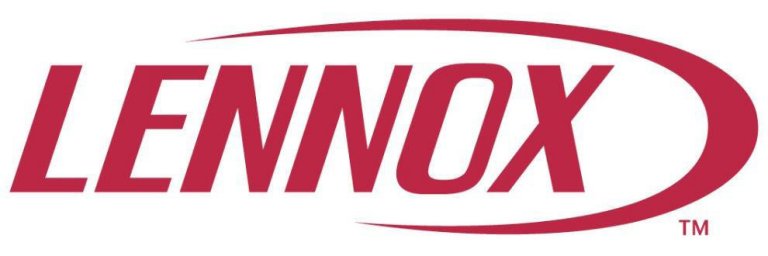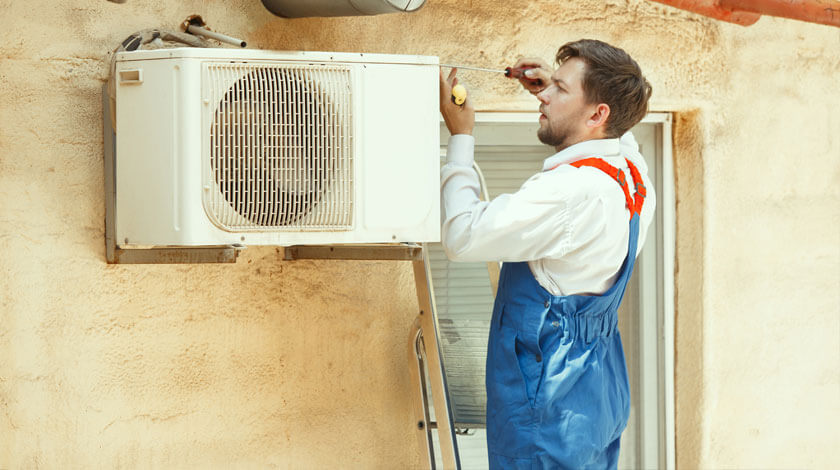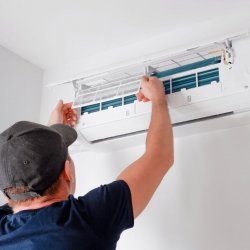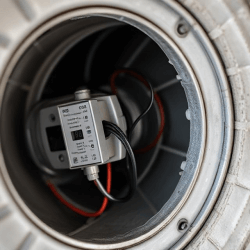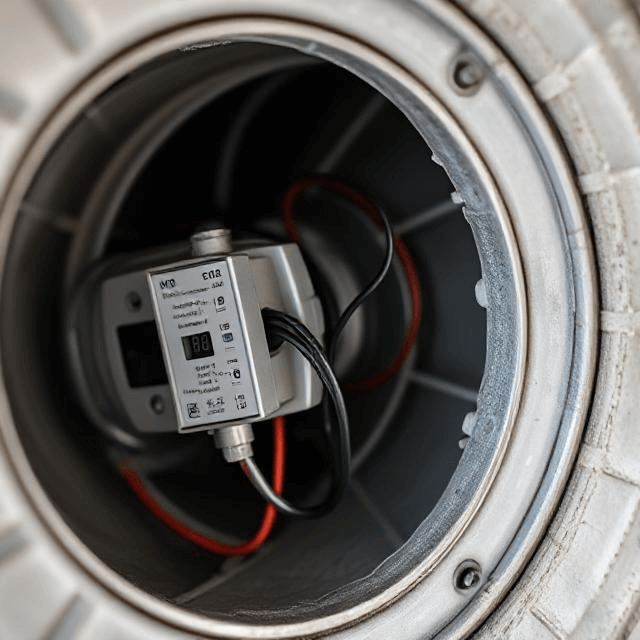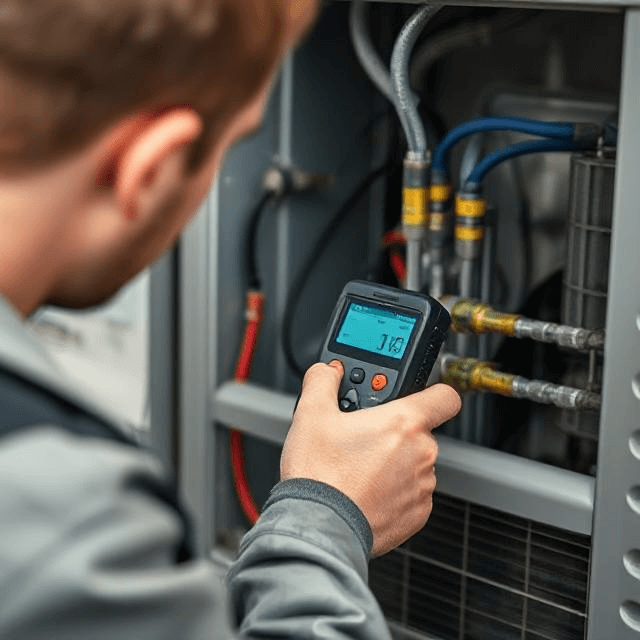Create a comfortable indoor environment with the right HVAC system for your needs.
The selection of a new heating and air conditioning system is an important choice. There are so many different parts, sizes, and types of HVAC systems that figuring out which one is right for you can be intimidating.
Depending on your individual needs, location, budget, and space limitations the best choice for you may vary. Before making a decision it’s important to know your options.
If you are interested in a new air conditioning unit specifically, check out our expansive guide on Everything You Need To Know About AC Systems.
Let’s first take a look at the four most common types of HVAC systems:
Feel free to jump right over to your system of interest:
- Split Systems
- Hybrid Split System
- Duct Free (Mini-Split)
- Packaged Heating and Air
Split Systems
This is perhaps the most popular residential HVAC system available today, highly in part to its energy efficiency and lower operating costs.
While a new AC system with high energy efficiency may be more costly upon installation, you can save a significant amount on utility bills while improving the comfort of your family (savings are always a plus!)
A geothermal system is the most energy-efficient HVAC system yet is also the most expensive type. However, the split system is efficient and more affordable than a geothermal type.
As the name suggests, the split model consists of two separate units, one for heating purposes and the other one is for cooling.
The outdoor component, usually an air conditioner or a heat pump, and one indoor portion, an evaporator coil or fan, along with heating systems that convert refrigerant and help circulate air.
This system works by circulating air throughout your home or building through ducts. At the same time, a traditional thermostat controls the temperature to keep it within the comfort level.
It’s important to note that it’s difficult to mix and match components of a split system since they require everything from the same manufacturer, especially to qualify for warranties and rebates.
Hybrid Split System
HVAC (heating, ventilation, and air conditioning) is a complex system that uses a thermostat to detect temperature fluctuations in the house and activate the necessary action to turn the heating on or cool off the air.
This HVAC system offers the capacity to switch between gas power, which is faster and more complete, to electricity, which is more efficient and quieter, allowing you to determine how you want to heat your home or space.
This system is considered an advanced version of the split system. It is also dependent on traditional ducts and thermostats, offering all the advantages of a split system with an additional benefit of conserving energy and reducing utility bills.
In a hybrid heating and cooling system, a heat pump (powered by electricity) works in conjunction with a heating unit known as a furnace, a system with a thermostat, which detects changes in temperature in a room and regulates it by heating the air using fuels such as gas or oil.
The main difference between these systems is that air conditioners do not provide heating, but heat pumps do. A heat pump can heat and cool, but an air conditioner cannot.
Both systems use compressed refrigerants to collect heat from inside your home and transfer it outside. From a cooling perspective, heat pumps and HVACs are the same when operating in cooling mode.
Duct Free (Mini-Split)
Traditional central air conditioning is not always the ultimate solution. If you have an older home, installing whole-home air conditioning may not be possible due to lack of space for ductwork. Fortunately, this is a popular and flexible solution.
A duct-free or mini-split system typically consists of a wall-mounted indoor unit combined with an outside compressor making them less vulnerable to air leakage, less visible, and silent.
Ductless models are highly energy-efficient and commonly used when a window AC unit or baseboard heating would be considered, such as a new addition to a house.
A significant advantage of this system is that it offers independent temperature control by using an individual fan and evaporator unit for each room (no more fighting over the temperature setting), ideal for selective households, hotels, or venues, that give individuals room-by-room temperature control and help your energy costs down.
For those in extremely cold climates, you’ll likely need a fuel-based backup if you want ductless heat, although some newer models can handle the load even when temperatures fall below zero.
Packaged Heating and Air
A packaged system has a compact size, including the compressor, condenser, and evaporator in a single unit. Unlike split-system units, all components of a complete heating and cooling system are in one location, making them ideal for situations in which indoor space is at a premium.
It is installed outdoors on the roof or near the foundation, containing a blower to force treated air into the home and draw untreated air into the system.
It’s considered an efficient and easy to maintain system generally used in warmer climates since its heating system is not as powerful as the alternatives.
In summary, the split system is the most commonly used HVAC system, while hybrid systems are favored due to their energy-saving capacity. The Duct Free (mini-split) system is a good choice for picky families or the service industry, and the packaged heating is a perfect choice for small homes or spaces.
Now when you have detailed knowledge of different types of HVAC units, it will be easier to decide the best option for you. If you have any questions or want to request a quote, we’d be happy to assist you.
If your current HVAC unit is old and not performing as it used to, you may want to check out out article, “9 Signs That Say It’s Time to Replace Your HVAC System.”
